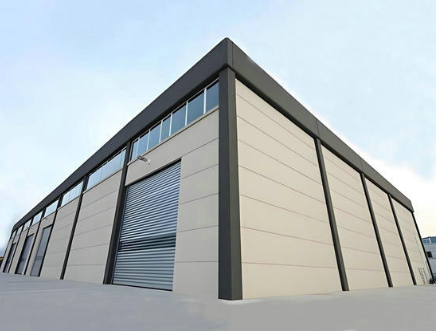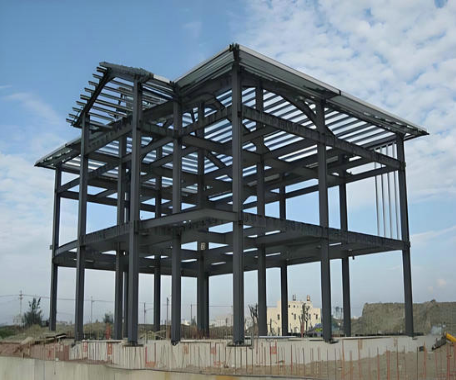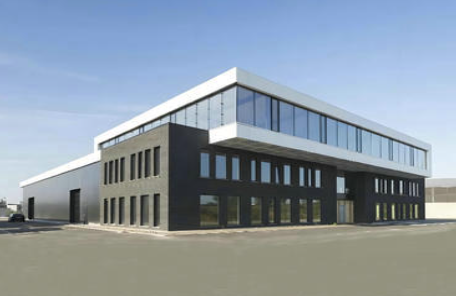What is a Steel Structure Warehouse?

A steel structure warehouse is a building constructed primarily from steel materials, including steel beams, columns, wind-resistant columns, and bracing systems made of shaped steel and steel plates. These components are welded or bolted together to form a stable structural framework. Widely used in factories, warehouses, and similar applications, steel structures offer exceptional durability and versatility.
Key Features and Advantages
1.Fast Construction:
Prefabricated components are factory-produced and transported to the site for quick assembly via lifting and bolting/welding. This efficiency meets urgent demands for rapid warehouse deployment.
Dry construction methods minimize water usage, reduce dust pollution, and lessen environmental impact, making it eco-friendly and community-friendly.
2.Cost-Effective & Durable:
Costs 20–30% less than traditional concrete structures.
Steel is stronger, lighter, and more earthquake-resistant than concrete. Lightweight walls and roofs (e.g., metal cladding) reduce overall weight without compromising stability.
3.Design Flexibility:
Classified into heavy-duty warehouses (for large-scale bulk storage) and light-duty warehouses (ideal for smaller or lighter goods).
Innovations like steel-framed retail warehouses combine affordability, speed, and sustainability.
4.Versatile Applications:
Beyond warehouses, lightweight steel structures are used for greenhouses, parking sheds, and observation decks in scenic areas, offering durability, safety, and aesthetic appeal.

Components of Steel Structure Warehouses
The framework typically includes:
Primary Elements: Columns, beams, roof trusses, crane beams, and bracing systems.
Subsystems:
Transverse and longitudinal frames.
Roof systems (purlins, skylight frames).
Support systems (wall frames, cross bracing).
Key structural parts:
Purlins: Solid-web thick-walled channel steel, lattice-type, or truss-style.
Trusses: Main roof load-bearing elements made of angle steel, thin-walled channels, or tubular sections.
Steel Frames: Single or double-layer designs (solid or lattice components) optimize space and aesthetics.
Spherical Space Frames: Superior stiffness and seismic performance compared to planar structures like beams or slabs.

Applications Across Industries
Industrial & Logistics: Storage for raw materials, goods, and semi-finished products; customizable layouts.
Agriculture: Storage for crops, livestock, fertilizers, pesticides, and seeds.
Transportation: Distribution centers for logistics, freight hubs, or port storage.
Manufacturing: On-site material storage for production facilities.
Cultural & Educational: Adaptable into libraries, museums, or exhibition halls.
Why Choose Steel Structures?
Speed: Shorter construction timelines.
Span Capacity: Large clear spans for flexible layouts.
Sustainability: Recyclable materials and energy-efficient designs.
Cost Efficiency: Faster return on investment (ROI).
Widely adopted in manufacturing, logistics, commercial facilities, and agriculture, steel structures are a modern, reliable solution for diverse industrial needs.



